This is the Ultimate Guide to Purchasing a Blender! This post covers capacity, types, functionality, and price ranges so that you can purchase the best blender for your needs.
With the holidays and gift-giving season right around the corner, friends and families everywhere are about to start struggling with what to get for that person that never seems to want anything. Well, if they are in the kitchen everyday, I have just the thing to make their lives easier by saving time and effort – a great blender!
A lot goes into finding the right blender for the right person (especially with how many results come up with just a quick Google search), so that’s what we are going to go over in this post! How do I find the right blender that does what I want it to do? What makes blenders different from one another? All will be answered here.
I do want to also mention that the purpose of this post isn’t necessarily to recommend a specific blender or brand, but rather lay out everything you need to know when purchasing a blender to find the perfect one for you. However, at the end, I will provide some different options for different types of blenders that might be worth checking out!
Why A Blender Makes the Perfect Gift
Blenders are some of the most versatile pieces of cooking equipment that anyone can own, regardless of their familiarity with cooking! While some home cooks may use theirs to create upscale sauces or fancy purees, others may just be looking for something to make their morning smoothie as quickly as possible before work.
Or maybe someone you know enjoys hosting at their place and loves making frozen cocktails or even milkshakes for the whole party – a solid blender is a must to make these things happen. A variety of price points ensures that the right blender isn’t out of your price range as a gift giver and your recipient will save energy, time, and wasted efforts thanks to your incredible gift-giving skill!
Let’s take a look at some of the primary factors that can make one blender differ from another to make sure you pick out the right one.
Factors to Consider When Buying a Blender
1. Primary Usage
The most important thing to think about when buying a blender is the question, “what will it primarily be used for?” Here are a few things to keep an eye out for:
Smoothies: Look for durable motors that can effectively cut through frozen fruits and ice without breaking. The higher the RPMs and wattage, the better here.
Soups, purees, or salsas: Look for either manual or automatic pulse functions to ensure a smooth consistency throughout without chunks being left over.
Making homemade nut butters: You will want strong blades and durable motors to make easy work of hard nuts and seeds.
Hosting large events: A large blender with large capacity is nice here to get everything made in one batch rather than multiple.
2. Capacity
How many people will you usually be prepping food for with your blender? If the answer is just you, tons of personal and single-serving sized blenders exist on the market, especially for smoothie prep and protein shakes. The smaller blenders lead to more appropriately-sized portions, less waste, and much easier clean up.
If families or larger groups will be joining the party, it's nice to have a larger blender that can get everything done in one go rather than having to go through the blending process multiple times for multiple servings.
3. Size/Space
The size of the blender vs. the space offered by your kitchen is another thing to consider, going hand-in-hand with the capacity element mentioned above. If you have a larger kitchen with plenty of counter/cabinet space, it will make it easier to own a larger blender for those bigger groups.
On the other hand, in a smaller space such as a studio or one bedroom apartment, a large blender may take up too much space and a personal-sized blender might be the way to go. There’s nothing worse than a big purchase you’re excited about but then it doesn’t fit where it needs to go!
4. Ease of Use/Features
Alright – how boujee do we want our blender to be?
Different blenders come equipped with all kinds of special features and functions, but typically you will pay more for more functionality (makes sense, right?).
Features can include pulse functions, buttons for specific recipes such as a smoothie button or a sauce button, noise reduction abilities, speed control, touch panels for navigating, and so much more. Some blenders nowadays even come equipped with Bluetooth technology to start your blender from the other room or weight sensors that will sense when your blending is done and will stop automatically rather than end on a timer!
While not necessary, these are some things to think about and can warrant a higher price tag depending on how much you will use your blender.
5. Ease of Cleaning
Another thing to consider is how easy is the blender to clean? Removable bases and detachable blades make a blender easy to take apart to clean, as does a fairly basic design without lots of nooks and crannies that are hard to get into.
Many higher-end blenders now come with self-cleaning features that only require a drop of dish soap and some water to do the cleaning for you! Dishwasher safe blenders are always nice too, but I would not recommend putting the blades in the dishwasher – they will dull quickly due to the high temperature.
How Much Do Blenders Cost?
Blenders can range anywhere from $30 from brands such as Hamilton Beach or Black+Decker and can cost well over $500 for a deluxe model with several of the higher-end features we’ve discussed.
Best Places to Buy Blenders
Buying a blender online from places like Amazon is what I would recommend because it is easy to see the specs laid out in front of you (power of the motor, the blades, special features, etc.) as well as reviews from others who have used it.
They are also readily available in home appliance stores such as Bed Bath & Beyond, Best Buy, Costco, Sam’s Club, or just about anywhere else that sells kitchen appliances.
A Few Blender Options (In Order From Cheapest to Most Expensive)
The number of blender options is limitless, but I have put together a short list consisting of a budget level and a step-up level blender for each of the following blender types: personal size, all-encompassing, drinks/smoothies, and deluxe blenders.
The prices for each individual model can vary depending on where you’re looking, so for the sake of comparison, I have linked to Amazon for each.
Personal-Size Blenders
Entry-Level

Hamilton Beach Portable Blender
Buy Now →(affiliate link)
Step-Up
 Buy Now →
Buy Now →
(affiliate link)
Solid, All-Encompassing Blenders
Entry-level

Hamilton Beach Power Elite Wave Action Blender
Buy Now →(affiliate link)
Step-up
 Buy Now →
Buy Now →
(affiliate link)
Blenders for Drinks/Smoothies
Entry-level

Ninja BN701 Professional Plus Blender
Buy Now →(affiliate link)
Step-up

Nuwave Infinity Commercial Blender
Buy Now →(affiliate link)
Deluxe Blenders w/ High Functionality
Now that you’ve thought a bit about what you are looking for in a blender, you can easily filter your searches to find the best blender that’s perfect for you. If you have any questions or comments, leave them down below!
Happy shopping!



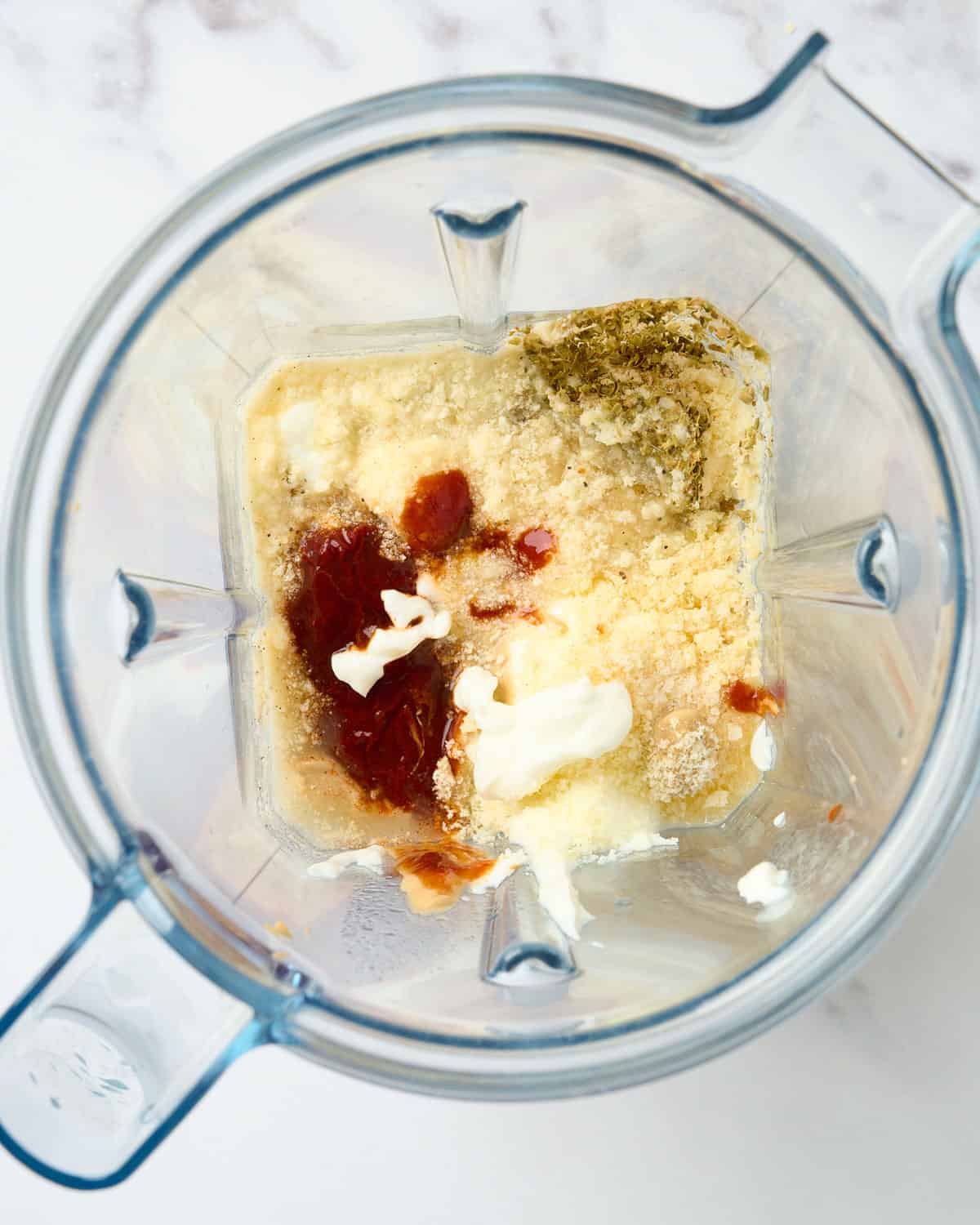
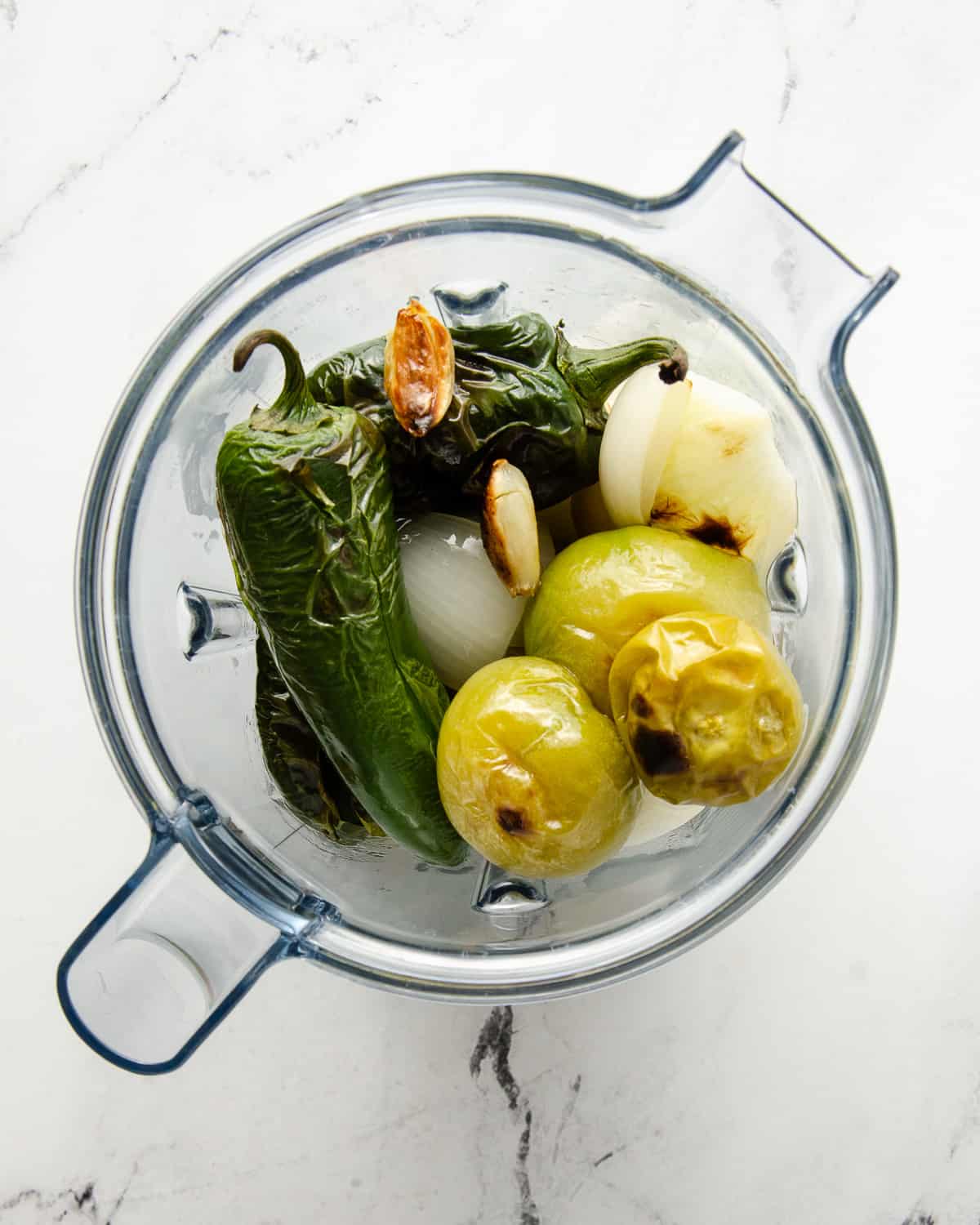
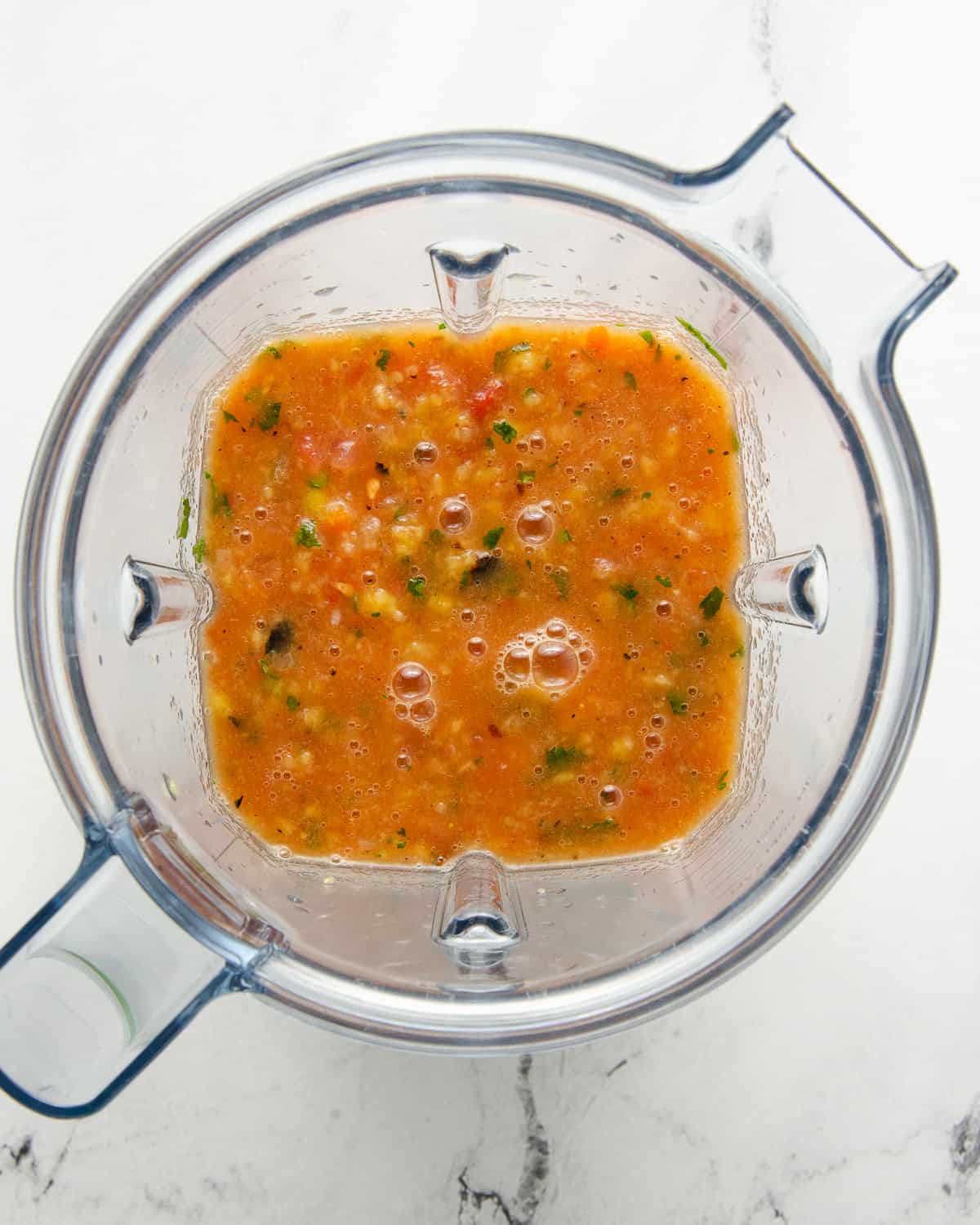


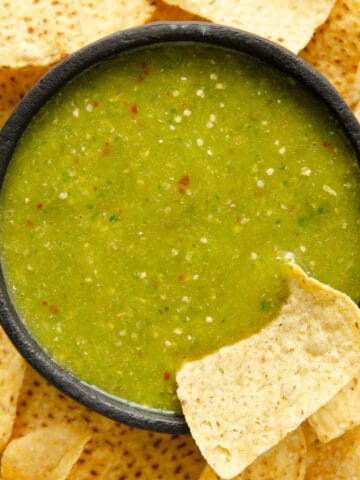
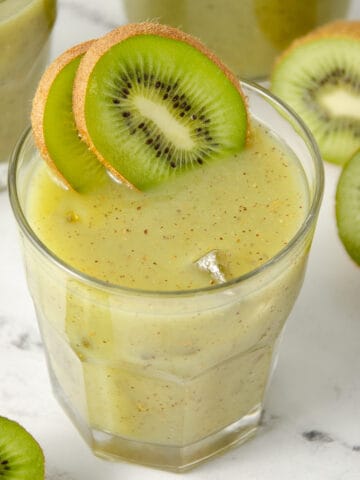
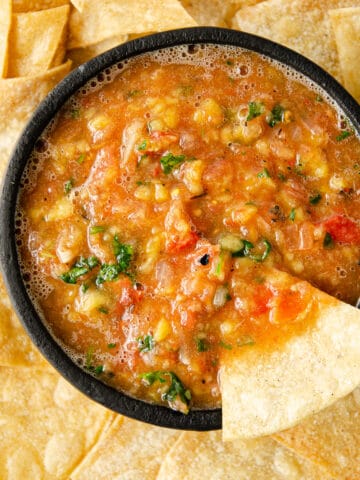
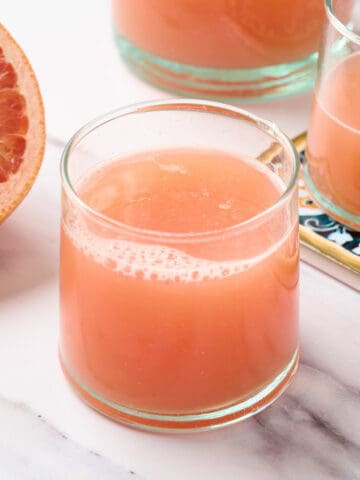
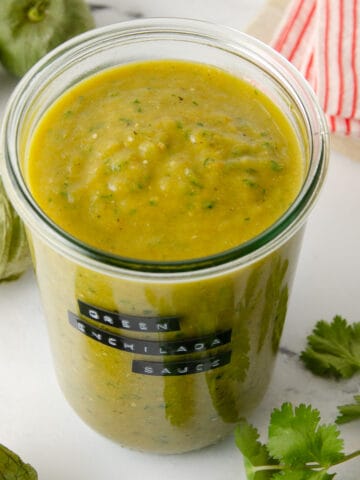
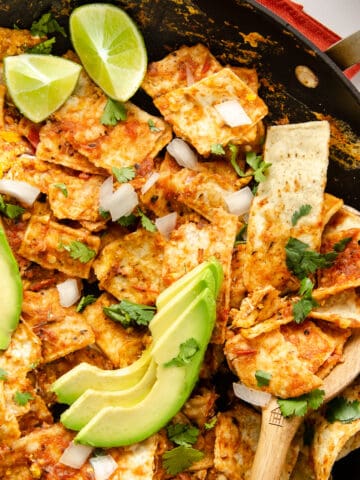
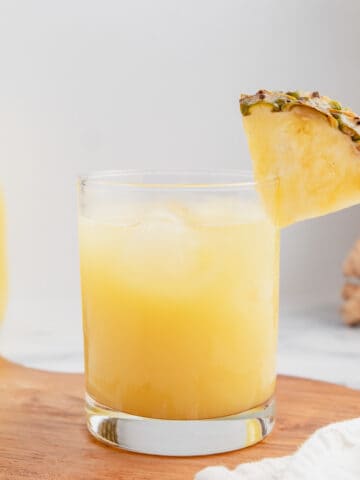
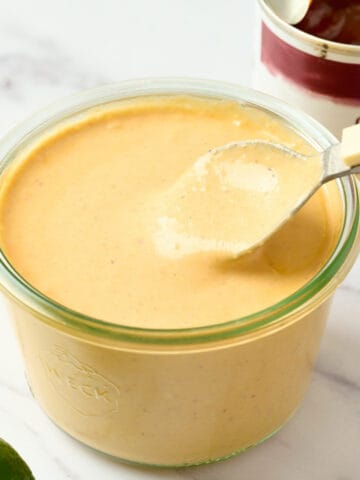
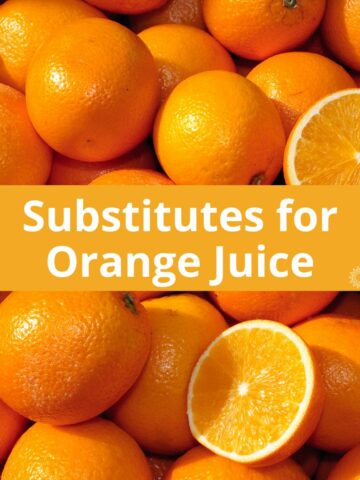
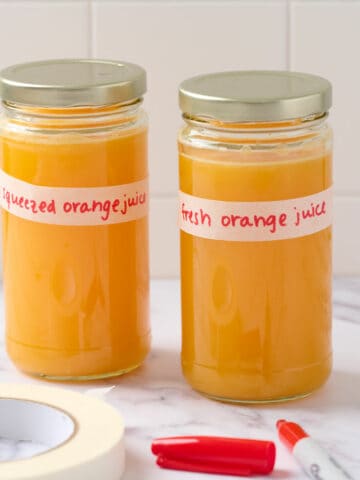
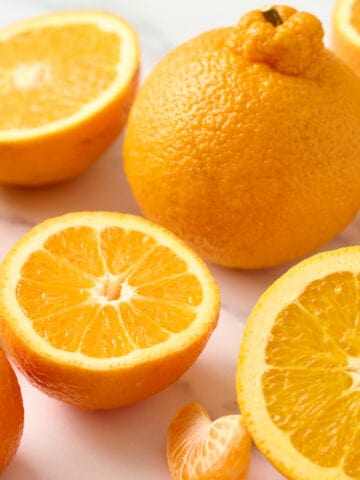
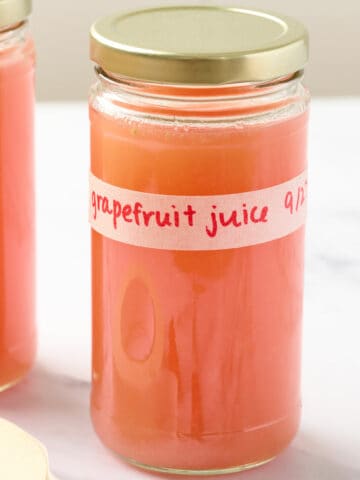
Comments
No Comments